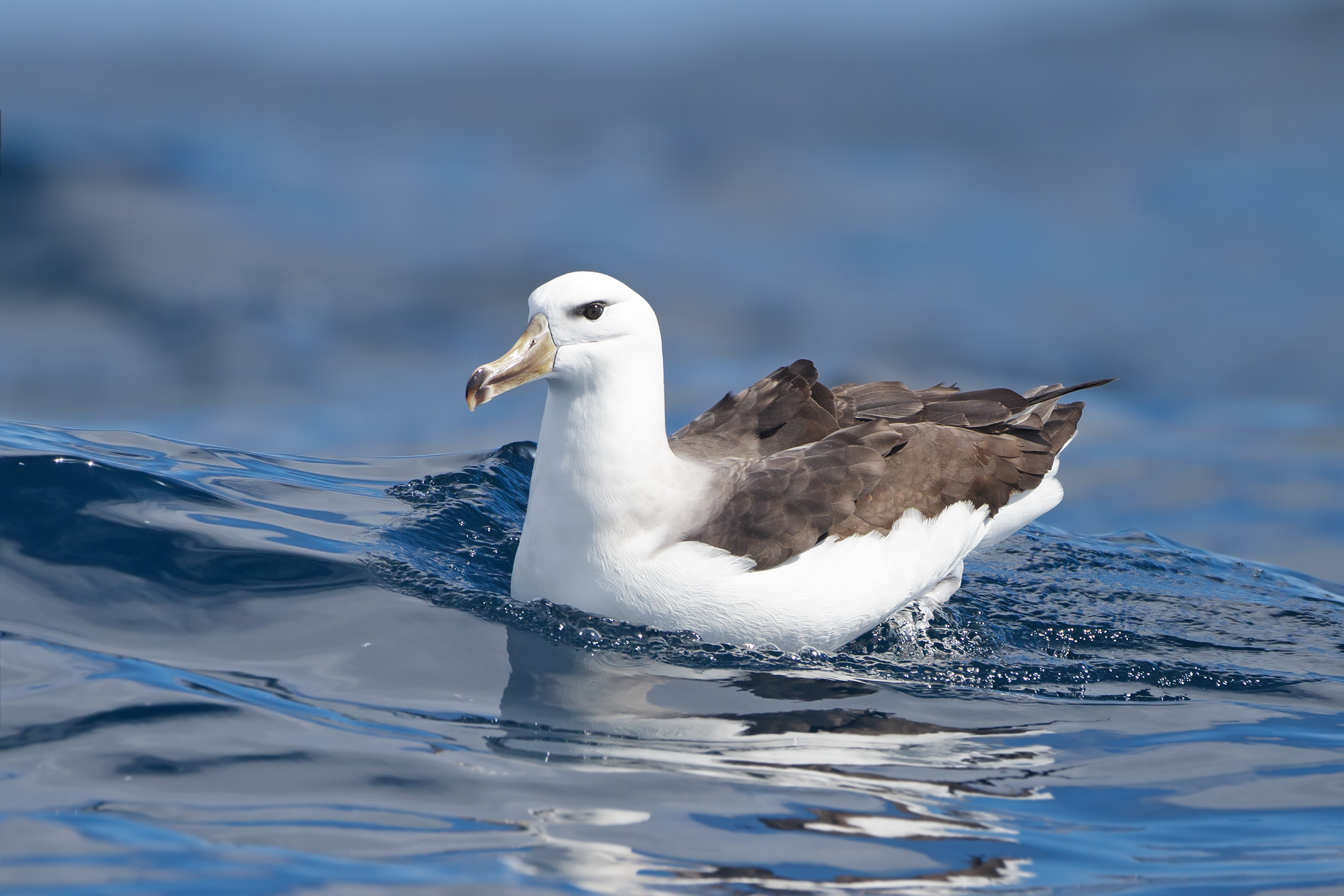|
テ四e De L'Est
テ四e de l'Est, or East Island, is a part of the subantarctic archipelago of the Crozet Islands. With an area of it is the second largest island of the group. It is part of the French Southern and Antarctic Lands. Description The island is the easternmost of the archipelago, lying about 20 km east of テ四e de la Possession (Possession Island). The landscape is mainly bare rock; it is the most mountainous in the archipelago, with a high point of 1090 m, and a rugged coastline of high cliffs. It is dissected by several steep-sided valleys of glacial origin. The only introduced animals are rabbits. There is no human infrastructure; it is only occasionally visited by researchers. Important Bird Area The island has been identified as an Important Bird Area (IBA) by BirdLife International as a breeding site for seabirds. Key species include king, gentoo, macaroni and northern rockhopper penguins, wandering, grey-headed, light-mantled, sooty and black-browed al ... [...More Info...] [...Related Items...] OR: [Wikipedia] [Google] [Baidu] |
Crozet Islands
The Crozet Islands (french: テ四es Crozet; or, officially, ''Archipel Crozet'') are a sub-Antarctic archipelago of small islands in the southern Indian Ocean. They form one of the five administrative districts of the French Southern and Antarctic Lands. History Discovery and early history The Crozet Islands were discovered on 24 January 1772, by the expedition of French explorer Marc-Joseph Marion du Fresne, aboard ''Le Mascarin''. His second-in-command Jules (Julien-Marie) Crozet landed on テ四e de la Possession, claiming the archipelago for France. The expedition continued east and landed in New Zealand, where Captain Marion and much of his crew were killed and cannibalized by Maori. Crozet survived the disaster, and successfully led the survivors back to their base in Mauritius. In 1776, Crozet met James Cook at Cape Town, at the start of Cook's third voyage. Crozet shared the charts of his ill-fated expedition, and as Cook sailed eastward, he stopped at the islands, naming ... [...More Info...] [...Related Items...] OR: [Wikipedia] [Google] [Baidu] |
Black-browed Albatross
The black-browed albatross (''Thalassarche melanophris''), also known as the black-browed mollymawk,Robertson, C. J. R. (2003) is a large seabird of the albatross family Diomedeidae; it is the most widespread and common member of its family. Taxonomy Mollymawks are albatrosses in the family Diomedeidae and order Procellariiformes, which also includes shearwaters, fulmars, storm petrels, and diving petrels. These birds share certain identifying features. They have nasal passages that attach to the upper bill called naricorns, although the nostrils on the albatross are on the sides of the bill. The bills of Procellariiformes are also unique in that they are split into between seven and nine horny plates. They produce a stomach oil made up of wax esters and triglycerides that is stored in the proventriculus. This is used against predators as well as being an energy-rich food source for chicks and also for the adults during their long flights. The albatross also has a salt gland a ... [...More Info...] [...Related Items...] OR: [Wikipedia] [Google] [Baidu] |


